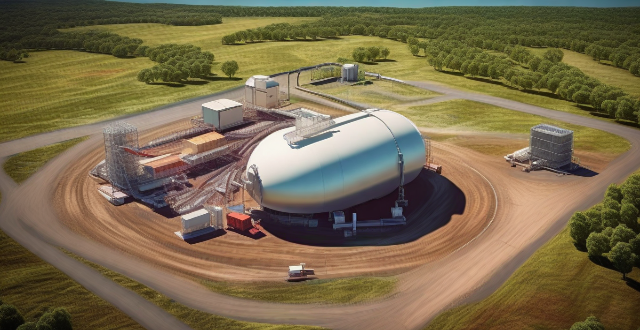Interstellar exploration requires significant investment in research and development, infrastructure and facilities, personnel and training, and funding sources. Key areas of investment include propulsion systems, life support systems, communication technology, navigation and guidance, robotics and automation, launch vehicles, spacecraft construction, ground stations, research centers, testing facilities, scientists and engineers, astronauts, support staff, government agencies, private sector companies, international collaboration, and philanthropic foundations. By investing in these areas, we can advance our understanding of the universe and pave the way for future generations to explore beyond our solar system.

Resources and Funding for Interstellar Exploration
Interstellar exploration is a complex and ambitious endeavor that requires significant resources and funding. The following are some of the key areas where investment is necessary to support ongoing efforts in this field:
Research and Development
- Propulsion Systems: Developing advanced propulsion systems, such as ion drives or nuclear propulsion, is crucial for long-distance space travel.
- Life Support Systems: Designing reliable life support systems to sustain astronauts during prolonged missions is essential.
- Communication Technology: Building communication systems capable of transmitting data over vast distances is vital for maintaining contact with Earth.
- Navigation and Guidance: Creating accurate navigation systems to navigate through space and reach distant stars is critical.
- Robotics and Automation: Developing advanced robotics and automation technologies will be necessary for conducting scientific experiments and maintaining the spacecraft.
Infrastructure and Facilities
- Launch Vehicles: Building powerful launch vehicles capable of sending large payloads into space is essential.
- Spacecraft Construction: Constructing sturdy and reliable spacecraft designed for interstellar travel is crucial.
- Ground Stations: Establishing ground stations worldwide to track and communicate with spacecraft is necessary.
- Research Centers: Setting up research centers dedicated to interstellar exploration can facilitate collaboration between scientists and engineers.
- Testing Facilities: Creating testing facilities to simulate the conditions of deep space can help develop and test new technologies.
Personnel and Training
- Scientists and Engineers: Hiring top talent in various fields, such as astrophysics, materials science, and aerospace engineering, is essential.
- Astronauts: Selecting and training highly skilled astronauts for long-duration missions is crucial.
- Support Staff: Recruiting support staff, including technicians, analysts, and administrators, is necessary to manage the overall program effectively.
Funding Sources
- Government Agencies: Government agencies, such as NASA or ESA, can provide substantial funding for interstellar exploration projects.
- Private Sector: Private companies, like SpaceX or Blue Origin, can invest in developing technologies and infrastructure for interstellar travel.
- International Collaboration: Collaborating with other countries can help share the costs and resources required for interstellar exploration.
- Philanthropic Foundations: Philanthropic foundations may also contribute funding to support research and development in this field.
In conclusion, supporting ongoing efforts in interstellar exploration requires significant investment in research and development, infrastructure and facilities, personnel and training, and funding sources. By investing in these areas, we can advance our understanding of the universe and pave the way for future generations to explore beyond our solar system.